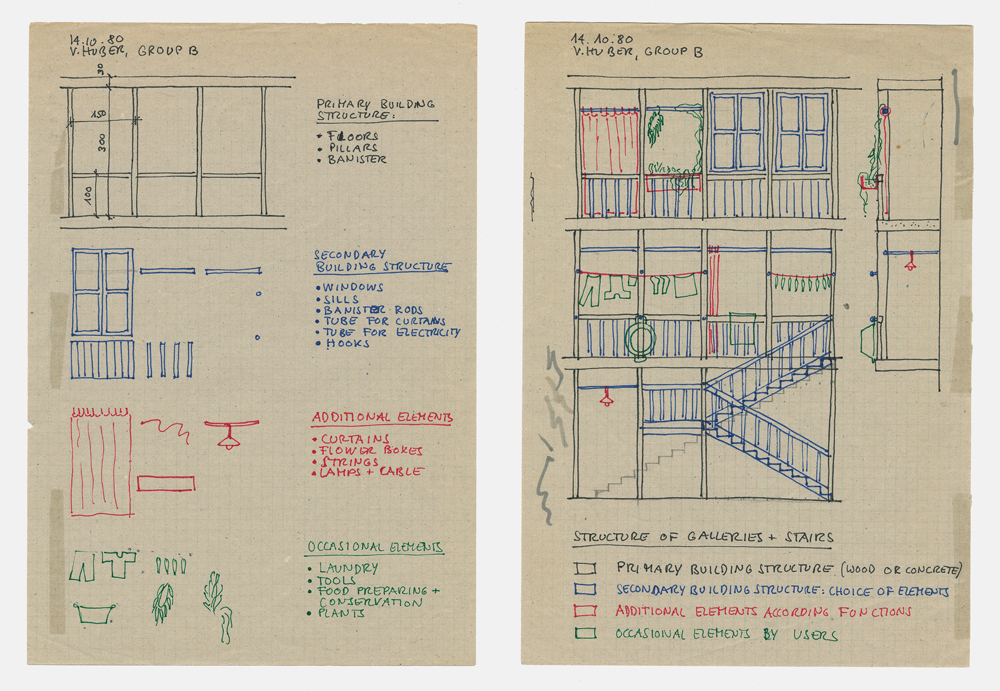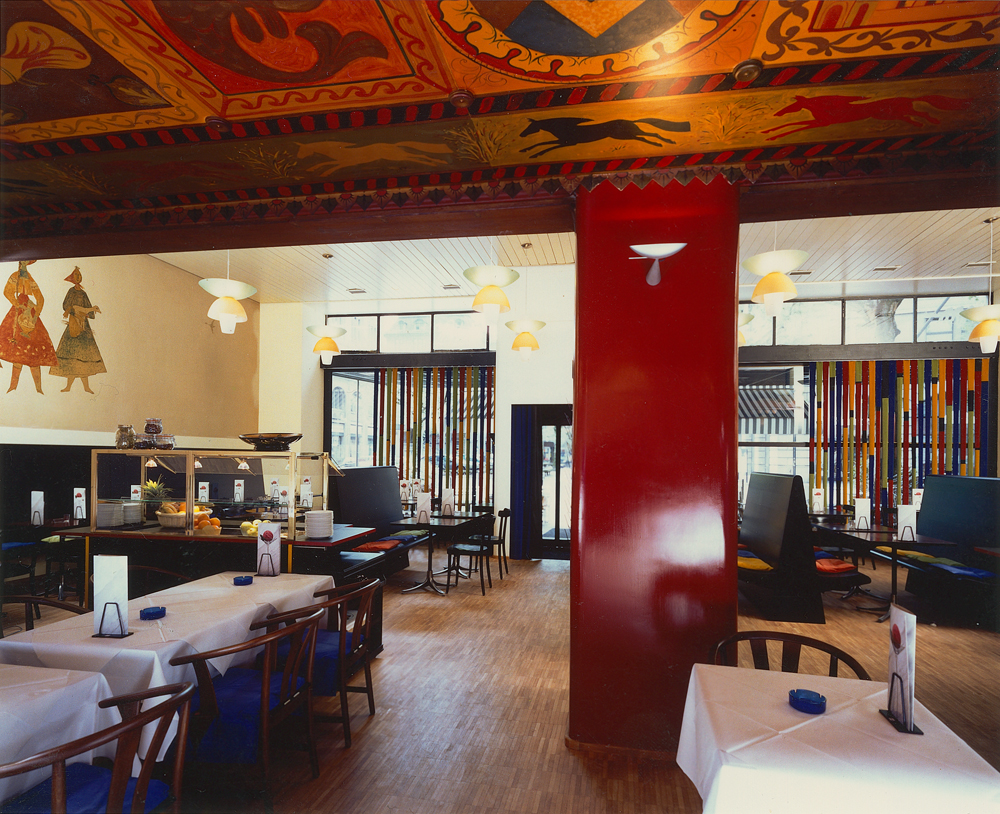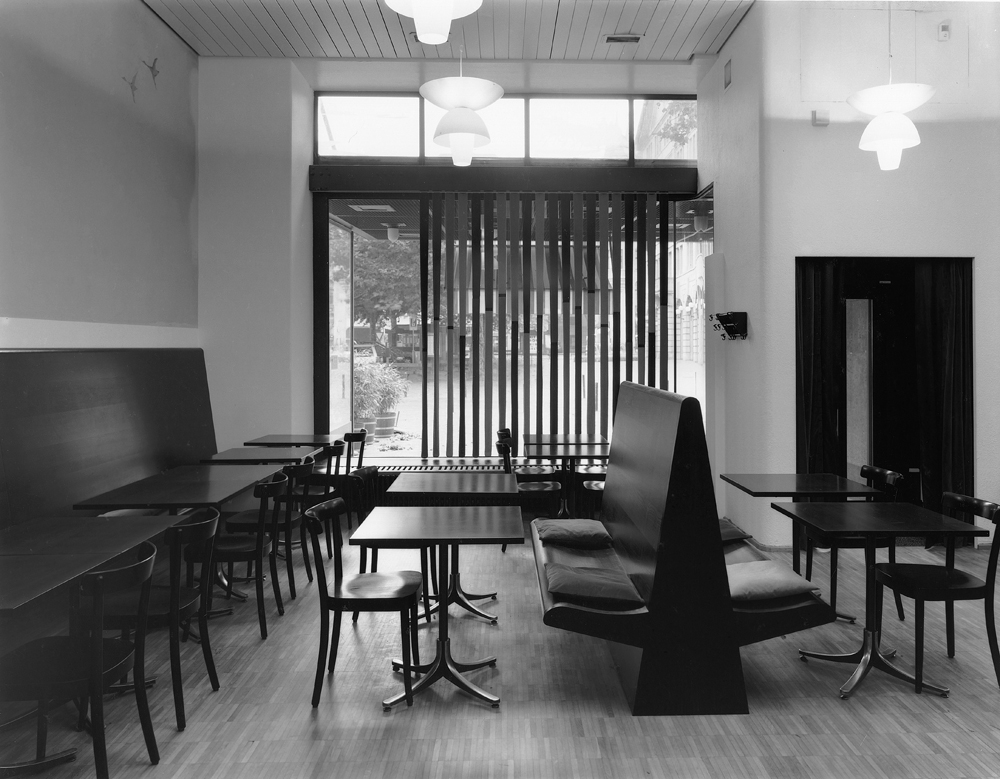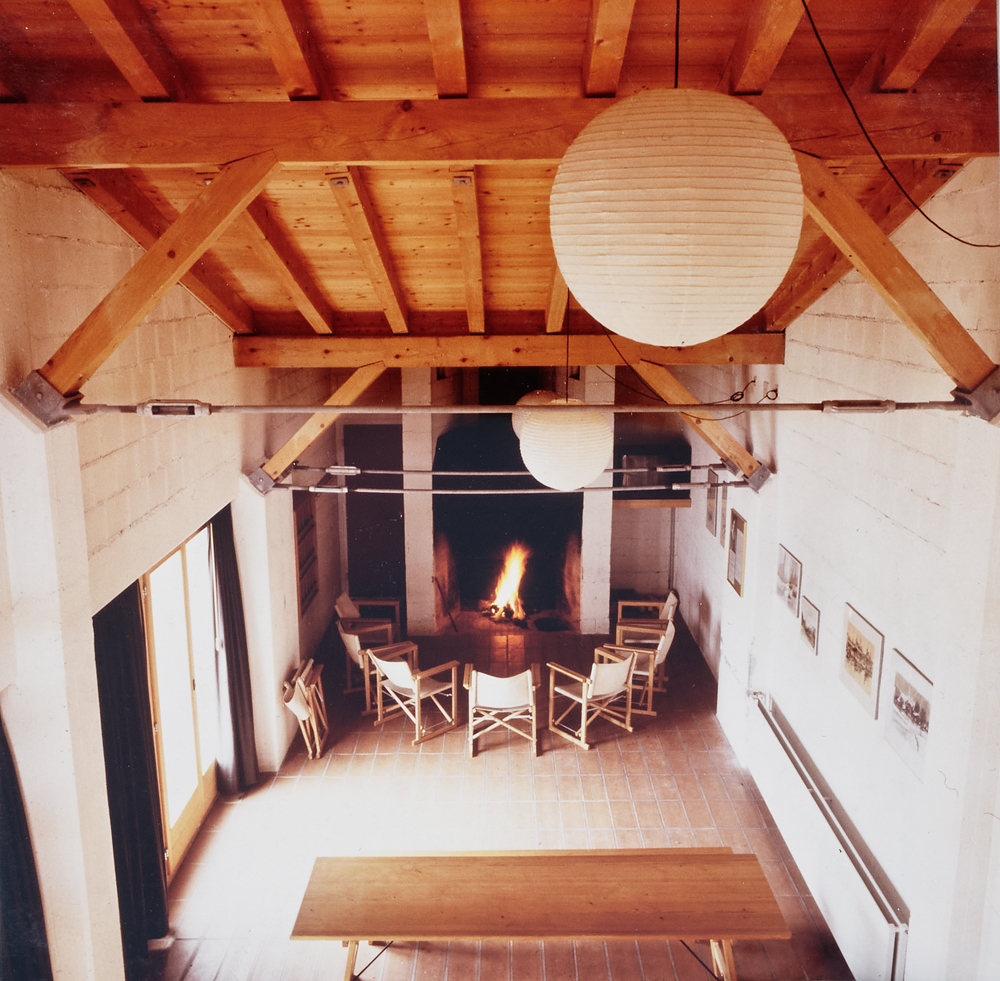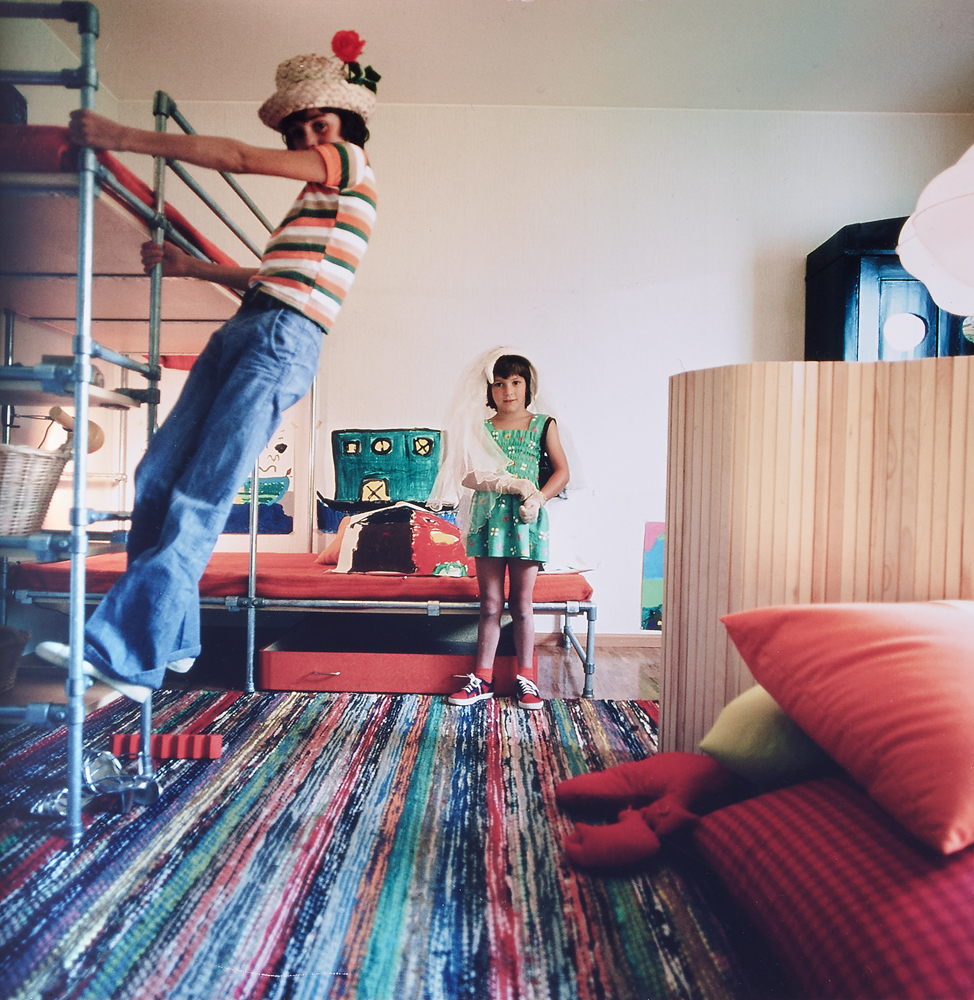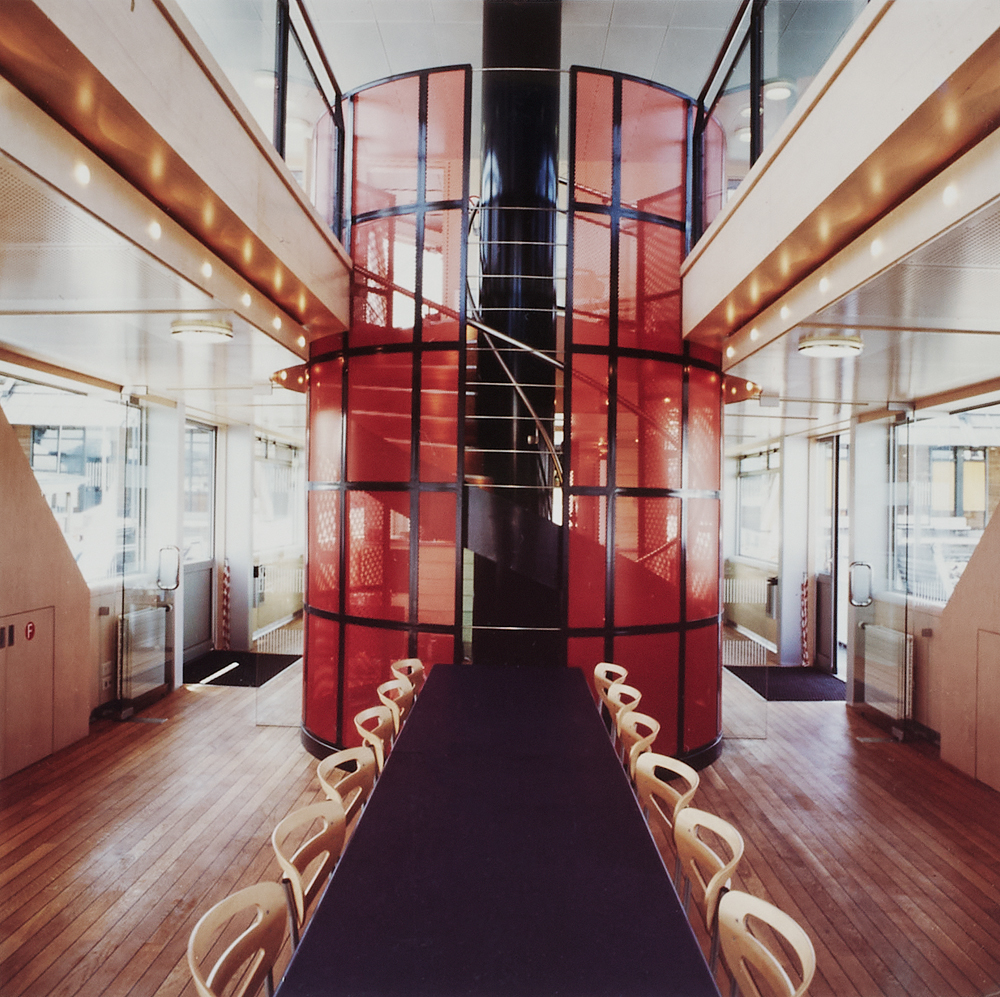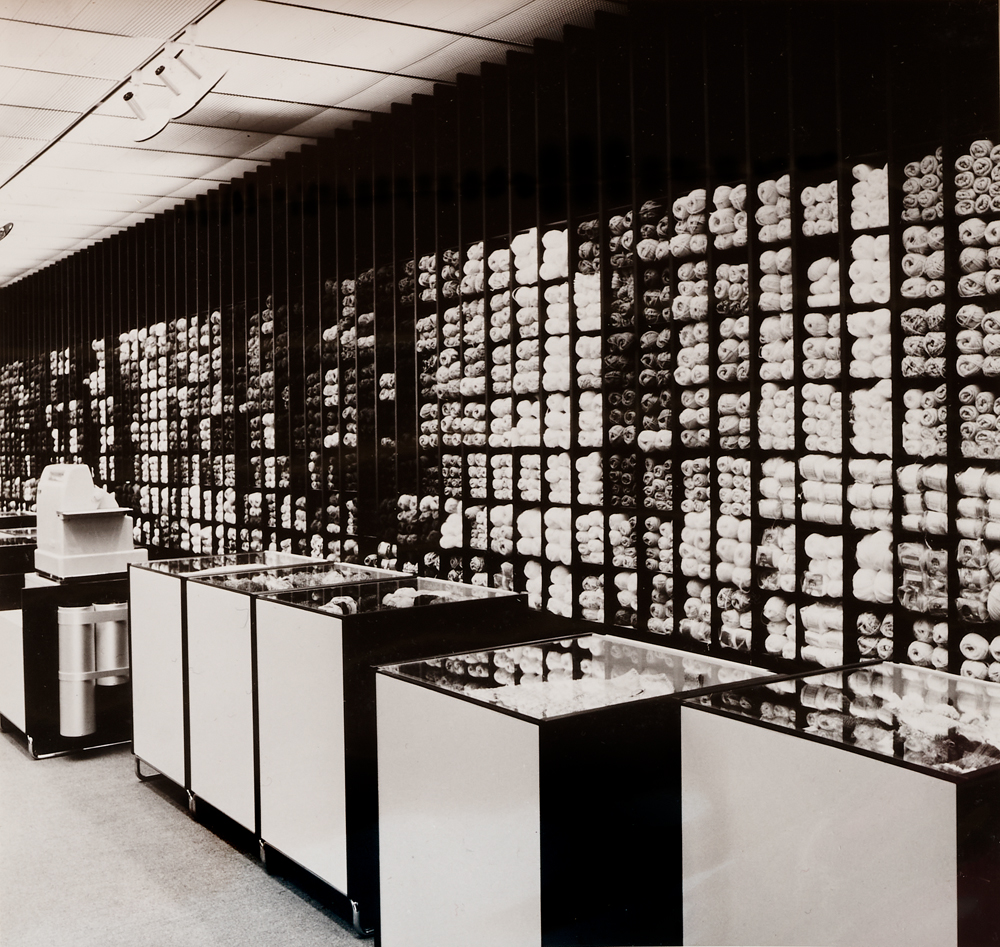Verena Huber
Verena Huber
Perception matters
The places we have lived always leave their mark on us. Memories of the house in which we took our first faltering steps and kept our most cherished secrets remain with us even when we have long since moved away to live in other houses and other arrangements, sometimes with many other people and sometimes alone.
As an interior architect, researcher and teacher, Verena Huber has spent much of her time delving into how we live and spend our time in a given place. Her passion for designing interiors derives from the fact that they are architecture on a human scale. She locates her work at that interface between the home and those who use it: as she puts it, “interior architecture operates on the scale that is closest to people.”
Verena Huber’s work teaches us that interior design is much more than an accumulation of objects in a space: it’s about what things are used for, how we treat them, and how we write the next chapter in their history. For Verena Huber, design begins with perception.
What things are used for
The idea that design is not just about objects but also extends into the social sphere has gained traction once again in recent years. It first came to the fore in the 1970s, as the post-war economic boom began to be viewed with increasing scepticism and the focus shifted to human beings and the environment. “The linking of sociology and architecture is a product of that time, which was also my time”, Verena Huber recalls. “Her” time, though, continued right through into the new millennium; and today, at the age of 84, she is still active.
Her first independent commissions in the 1970s were followed by others broader in scope: restaurants, boats, libraries, the interior refurbishment for Jakob Zweifel’s sister tower block for Zurich’s University Hospital, and many more besides. She also wrote extensively about the potentials and limits of interior architecture in educational, encouraging and critical ways. 1974’s “16 x die gleiche Wohnung”, for instance, outlined how model apartments could be fitted out in ways better attuned to the reality of contemporary living.
Explorations near and far
In the conversation that follows, Verena Huber recalls how, even as a small child, she wanted to look beyond barbed-wire fences and borders. From the 1980s onwards, travelling and learning about other cultures became an integral part of her professional and private practice, both a source of inspiration and a constant process of ongoing education. The homes we make for ourselves became the central focus of her investigations. After researching questions of housing in the late 1960s on behalf of the Swiss Werkbund and later the federal government, she turned her attention to housing culture in other countries, for which she continues to travel widely to this day. What Verena Huber has been doing for decades is something that is now termed cross-cultural housing research. She herself describes her curiosity-driven approach as “understanding without judging”.
Her multi-faceted commitment has broadened not only her own horizons but also those of the people around her, opening up new possibilities and bringing people together. She has helped to set up societies, chaired associations and been involved in running cultural organisations. Her talent extends beyond designing furniture and spaces to establishing international networks. To this day, she encourages people to question spaces and things and set them in new contexts, enriching the world as she does so.
Exceptional curiosity
To spend an entire lifespan investigating your own living experiences in depth and exploring the way others live with indefatigable curiosity, as Verena Huber has done, is quite remarkable. And if, as in her case, it leads to the sustained production of not only furniture and interior designs but also books, brochures, exhibitions and interdisciplinary networks, that is something truly exceptional. It is that achievement which the Federal Office of Culture now honours with this Swiss Grand Award for Design.
Verena Huber’s most recent initiative, in concert with eleven other interior architecture and in the presence of Trix and the now late Robert Haussmann, has been to set up the “«Archiv Innenarchitektur Schweiz” (AIS), the Swiss interior architecture archive. The society urges designers to organise their output in such a way that those who come after them will be able to navigate around it. Shortly after Verena Huber learned that she was to receive the Grand Award for Design in recognition of her work, the society was able to rent premises at a site belonging to Zurich Airport, where it plans to house the archives of Swiss designers. Verena Huber’s own work over many decades will also be there, on view to anyone interested.
The documents from her work range from furniture sketches and designs for private and public spaces to travel diaries and documentation of the many conferences and workshops she attended as member or chair of various organisations, as well as observational and explanatory texts. Almost sixty years after completing her studies and twenty years after closing her office, she is still keen to communicate the richness and relevance of interior architecture. Verena Huber’s dedication is infectious.
Sabine von Fischer
This text will also be printed in the publication Swiss Grand Award for Design 2022 (Scheidegger und Spiess), which will be published in June 2022 as part of the Swiss Design Awards exhibition in Basel. The publication includes a comprehensive interview with Verena Huber and Sabine von Fischer as well as a picture series on the award winner's work.
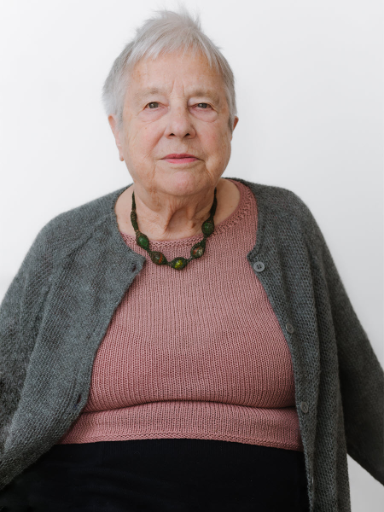
Jurystatement
«Verena Huber has always gone her own way. Throughout her life, she has remained aloof from all forms of meaningless aesthetics and conformity. Human beings are at the centre of her work. She sees research into housing culture and mediation as a fundamental element of design, linking the design of interiors directly to the question of where we come from and where we are going.»


